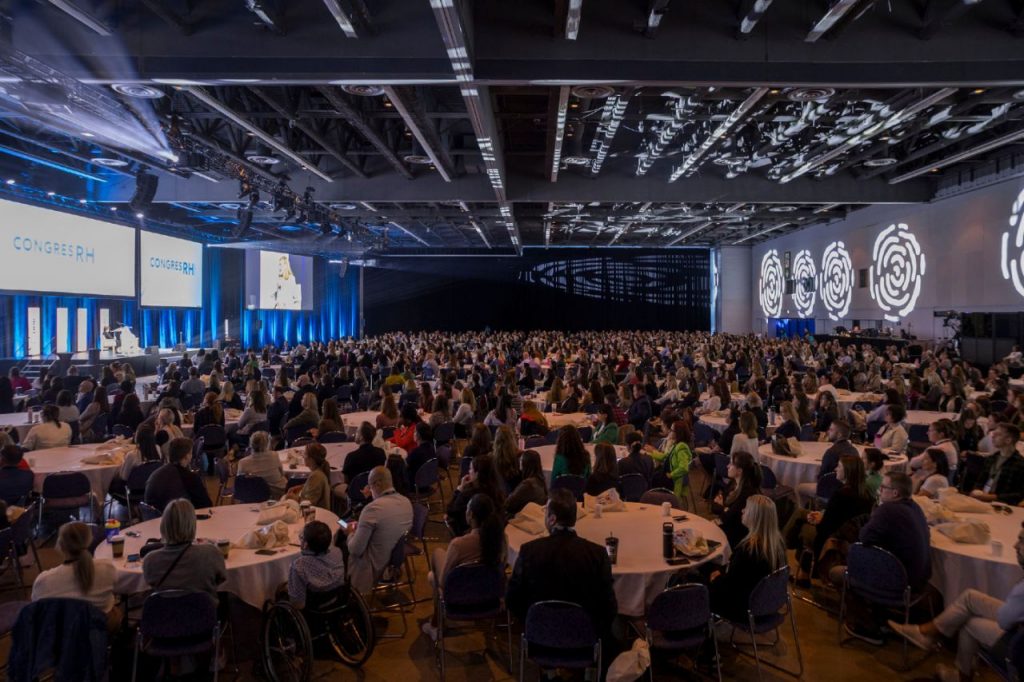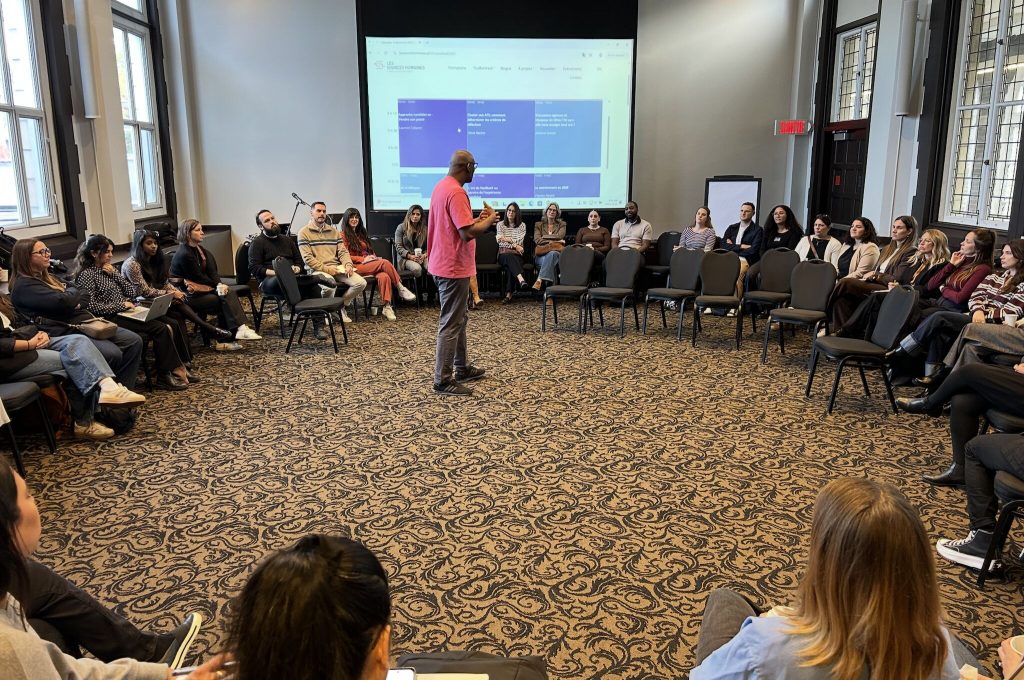Jean-Baptiste Audrerie, co-founder of the NEXA RH consulting firm and an expert in HR technologies, has developed a guide on 115 use cases of AI in HR. As a privileged observer of the gradual emergence of artificial intelligence in human resources, we interviewed him about these new trends and the future of the HR function.
| This article is part of the special report > The New Trends in Recruitment |
Hello Jean-Baptiste. Can we already assess the challenges of generative artificial intelligence from the perspective of HR managers?
Jean-Baptiste Audrerie: I already notice that many are feeling lost. They don’t have the time to keep up with developments and feel overwhelmed by the options available. There are indeed hundreds of paid or free systems. To clarify things, we need to distinguish between two elements:
- Technologies that incorporate generative AI
- “Shadow IT,” or the personal use of generative AI at work
From what we read, one in two people is indeed using generative AI regularly in their professional context. The adoption has happened at an impressive speed.
For what purposes, generally?
Jean-Baptiste Audrerie: We often see similar use cases in recruitment:
- Job descriptions
- Preparing job postings
- Creating communication plans with candidates
- Developing interview grids
- Identifying skills
For now, the use is very fragmented, and many recruiters use these tools for small tasks. However, we are starting to see integrated systems coming to market. Nine out of ten solutions currently offer or will soon offer applications for specific use cases (adapting job descriptions, translating postings, creating needs analysis grids, decision support, etc.).
The question now is: what are organizations proposing to help their teams become more effective?
Can artificial intelligence influence the recruitment market itself?
Jean-Baptiste Audrerie: The pressure in the market has eased somewhat. However, the context remains challenging: while there are not as many requests as before, there are also not as many suitable offers.
We need to shift to skills-based recruitment. No one studied social media communication 15 years ago, and similarly, no one has a certification in generative AI. Recruiters must look for people who have continually adapted in recent years. Machine learning and generative AI can help identify adjacent skills.
It’s important to recognize that the job market has completely changed. Nearly a third of jobs today are undergoing a complete shift in skills, and there aren’t enough people with updated skills in the market yet. But AI alone won’t bridge that gap! Recruitment is more strategic than ever.
What do you think about the fears of part of the HR function being replaced by AI?
Jean-Baptiste Audrerie: Let’s take a concrete example. I can input elements into ChatGPT and, within seconds, receive a comparative analysis of a contract. Does that replace my job? No, it augments it! The real concern lies with roles that have a single stable, high-frequency task. We can already see this in call centers, for example (see the Swedish company Klarna, where AI performs the equivalent of 700 jobs in customer service).
Moreover, I believe AI will help recruiters perform tasks they previously didn’t have the time to do or do well. I’m thinking about following up with rejected candidates, reminders, sourcing… Either AI will allow them to free up time to do this, or it will handle it directly.
Let’s not forget that the recruiter’s role is very relational. Yes, in some sectors, solutions automate the entire recruitment process for hourly employees, but we’re not there yet for white-collar jobs.
How should we concretely view this notion of an “augmented” recruiter?
Jean-Baptiste Audrerie: AI can go quite far in evaluation. With systems that transcribe video to text and then text to skills, it can quickly identify a skill level through an interview.
The challenge will be to combine human and technology. In other words, identify what is of high human value versus what adds technological value. If you have a 100% human process and do very little relational work, you lose on both fronts. Conversely, if you use a good level of technology to introduce human interaction at the right moment, you will achieve much better results.
This also raises questions about what is truly “human.” For hourly positions, where individuals already have jobs and want to add a part-time role, is it “human” to go through four interviews? Not only is there low human value here, but candidates also don’t want that.
It’s a bit like having a bad interaction at your bank’s counter. In that case, you prefer to deal directly with the ATM. This reflection encourages investing in the right things at the right time. However, those who try to push automation too far risk hitting a wall.
| This article is part of the special report > The New Trends in Recruitment |
Discover our trainings :



 training.isarta.com
training.isarta.com 

